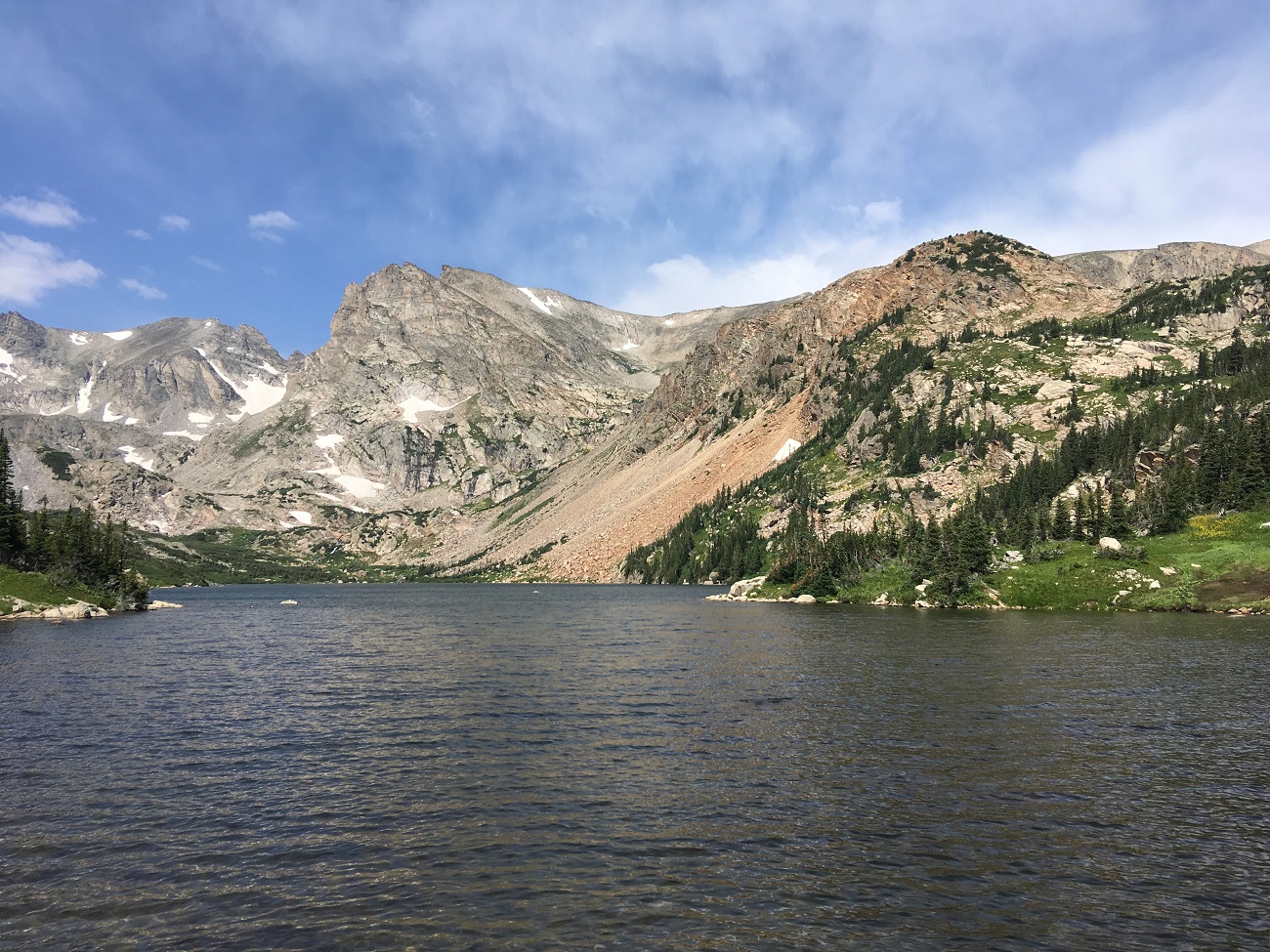Staying home to help stop the spread of the COVID-19 pandemic has become a way of life. When we dare to venture outdoors, we’ve learned to don masks and keep six feet of space between ourselves and others. There’s a growing awareness of how much it benefits our mental and physical health to take breaks to visit nearby nature -- while following physical distancing guidelines, of course. When it comes to our national parks, however, the Interior Department created quite a bit of confusion as to whether or not people should visit them during the pandemic. Advocates for the parks and park employees have called for the temporary closure of all national parks until the pandemic is over and visitors and employees can safely return. Today, the Sierra Club is joining that call.
For weeks, Interior Secretary David Bernhardt has sent conflicting messages to the public, encouraging visitors to travel to national parks while at the same time closing visitor centers, restrooms, and other public-facing facilities and programming. An increasing number of national park superintendents have limited the operations of their parks or closed them entirely. Many of our national parks rely on seasonal employees to accommodate expected influxes of visitors during the fast-approaching summer months. Without adequate staffing, though, it will be impossible for existing park staff to manage the rise in visitors, ensure physical distancing, visitor safety, and adequately safeguard our parks, not to mention protect their own health. Near some of our more iconic parks, gateway communities have asked for visitors to stay away for fear of overwhelming their limited health resources. Even so, the last two weekends have seen near-peak crowds at some national parks, with popular points so crowded as to make adequate physical distancing impossible.
As of the time of this writing, 28 national parks have temporarily closed their gates and 10 park employees and two park police have tested positive for COVID-19. Bernhardt should listen to calls from park employees, local communities, and park advocates and close all national parks until the COVID-19 pandemic has passed and people can safely return.
"...in the face of an unprecedented public health crisis, this is a necessary step to protect both the health of our communities and the future of our parks."
This is not something we take lightly. The Sierra Club advocates for our national parks and increasing equitable access to all of our public lands. Our incredible volunteers also lead outings for hundreds of thousands of people, including youth and veterans, helping them connect to our parks and public lands. (Note: all of our outings are on hold during the pandemic). We believe access to nature and our public lands is a human right, and we will continue to do the work of expanding equitable access to the outdoors. But in the face of an unprecedented public health crisis, this is a necessary step to protect both the health of our communities and the future of our parks.
Our call to close national parks does not mean we think people should avoid getting outside entirely. In fact, spending time outdoors is proven to benefit your mental health, which the Centers for Disease Control lists as a top concern associated with the COVID-19 outbreak. Just this week, the CDC also released an FAQ encouraging people to stay physically active during the pandemic. For now, nearby nature like community parks and activities that don't require touching people or objects are the best options for getting outdoors while limiting the spread of COVID-19. Here are some tips for how to safely enjoy nature in your communities. The Sierra Club has joined more than 1,000 organizations, including the American Public Health Association, National Recreation and Parks Association, and the YMCA of the USA, to encourage the safe use of parks during the outbreak. We've also compiled some tips on how to safely enjoy nature in your community.
The Sierra Club also acknowledges that not everyone has nearby access to parks and public lands — the COVID-19 pandemic has made this clear. Fewer than half of us live within walking distance of a park, and for folks without the privilege of their own backyard or high-quality parks in their communities, accessing the benefits of the outdoors is particularly challenging right now. Where communities lack sufficient park space for residents to get outdoors and maintain physical distancing, a temporary solution is for local officials, while prioritizing the mobility of essential employees, to close some streets to traffic to ensure people can safely get active outdoors. The benefits of being outdoors will not be equally shared without significant investments in local parks and green spaces over the long-term.
Let me be clear. Our national parks are essential. But for us to enjoy our national parks into the future, we must put the wellbeing of park service employees and gateway communities first. Once the pandemic is over, we will need our national parks, public lands, and the public servants who care for them more than ever to help individuals and communities recover both physically and mentally from our shared trauma. Gateway communities and others whose livelihoods are tied to public lands will also need us as they recover in a disrupted economy. Nature can be a place of tremendous healing, and our national parks will be again. But for now, the health and safety of employees, visitors, and nearby communities must come first.
Make your voice heard. Tell Interior Secretary Bernhardt to temporarily close national parks to protect park employees, visitors, and gateway communities.
